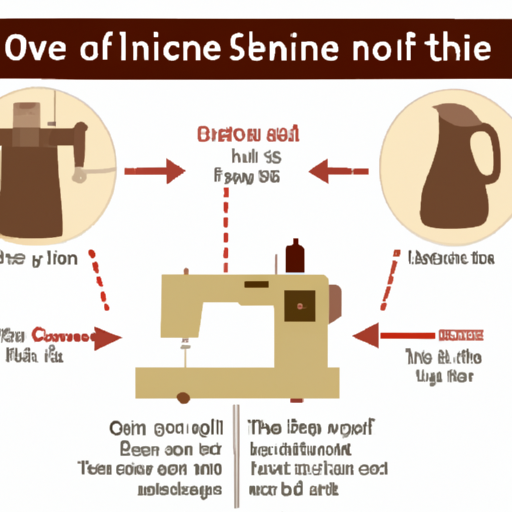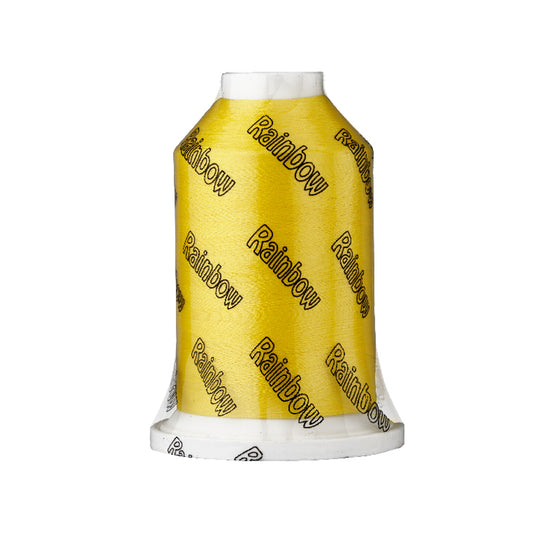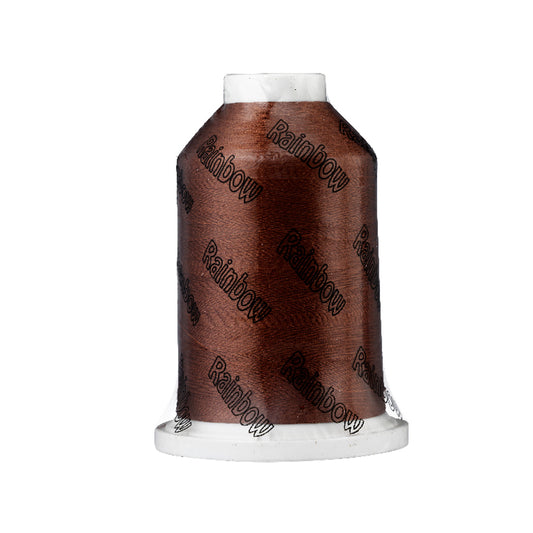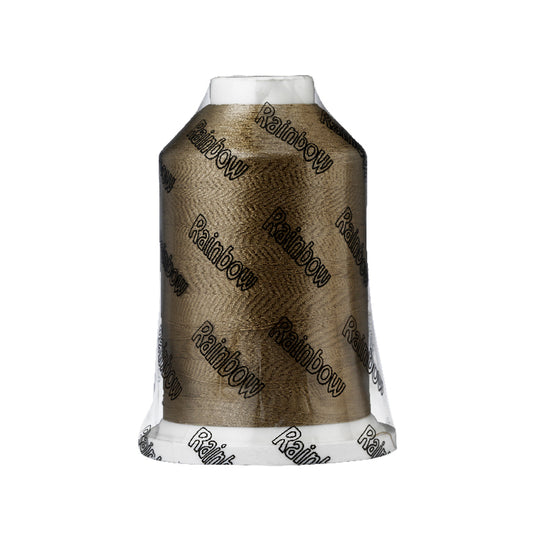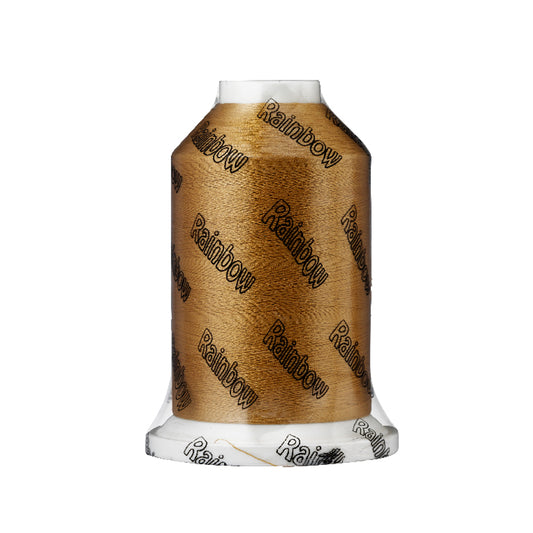How To Oil Your Sewing Machine: A Step-by-Step Guide
Maintaining your sewing machine is crucial to ensure its longevity and optimal performance. Oiling is one of the essential maintenance tasks that should not be overlooked. In this article, we'll guide you through the process of oiling your sewing machine to keep it running smoothly.
1. Understanding the Importance of Oiling Your Sewing Machine
Oiling helps in reducing friction between the moving parts of your sewing machine, ensuring that it operates quietly and efficiently. Regular oiling protects the metal parts from rust and wear, which prolongs the life of your machine. It's recommended to oil your sewing machine after every 8 hours of use, or as per the manufacturer's instructions.
2. Identify the Type of Oil Required for Your Sewing Machine
Using the correct oil is paramount. Sewing machine oil is a clear, light mineral oil that won't gum up the gears or become rancid over time. Avoid using cooking or motor oils, as they can damage your sewing machine. First Trim provides specialized lubricants that are perfect for this task.
3. Preparing Your Sewing Machine for Oiling
Before you start oiling, make sure to unplug your sewing machine to prevent any accidents. Clean the machine thoroughly with a soft cloth or brush to remove any dust, lint, or threads. Remove any thread, fabrics, and the needle to ensure easy access to the moving parts.
4. Accessing the Parts that Need Oiling
Your sewing machine manual should indicate the specific points that require oiling. Common parts include the bobbin case area, shuttle race, and any moving parts that touch each other. Always follow the manufacturer's instructions for your specific model.
5. Applying the Oil
Apply only one or two drops of oil to each point indicated. Use the sewing machine oil dispenser to control the amount precisely. Be conservative with the amount of oil to prevent any dripping onto fabric later on.
6. Running the Machine to Distribute the Oil
After oiling, run your sewing machine without thread at high speed for a few minutes. This helps to distribute the oil evenly and absorb any excess. Wipe away any oil that may have splashed onto the surface of the machine.
7. Final Checks Before Sewing
Once you've distributed the oil, thread the machine and sew on a scrap piece of fabric to ensure no oil stains appear. This is an essential step to prevent ruining any projects with oil marks.
First Trim's Hot Take
At First Trim, we understand the value of maintaining your sewing machine in pristine condition. By oiling your machine regularly, you're not just extending its life but also assuring the quality of your embroidery work. Our line of specialised products, including our embroidery threads and accessories, pair perfectly with a well-maintained machine, ensuring that your designs are always top-notch. Remember, quality output starts with a well-oiled machine, and a well-oiled machine starts with the proper care routine. Happy sewing!
